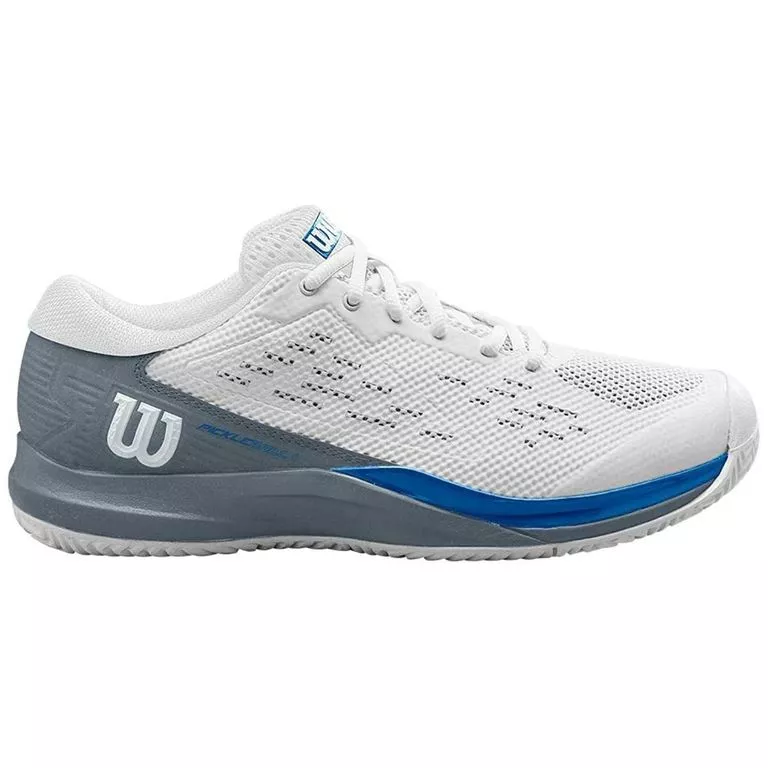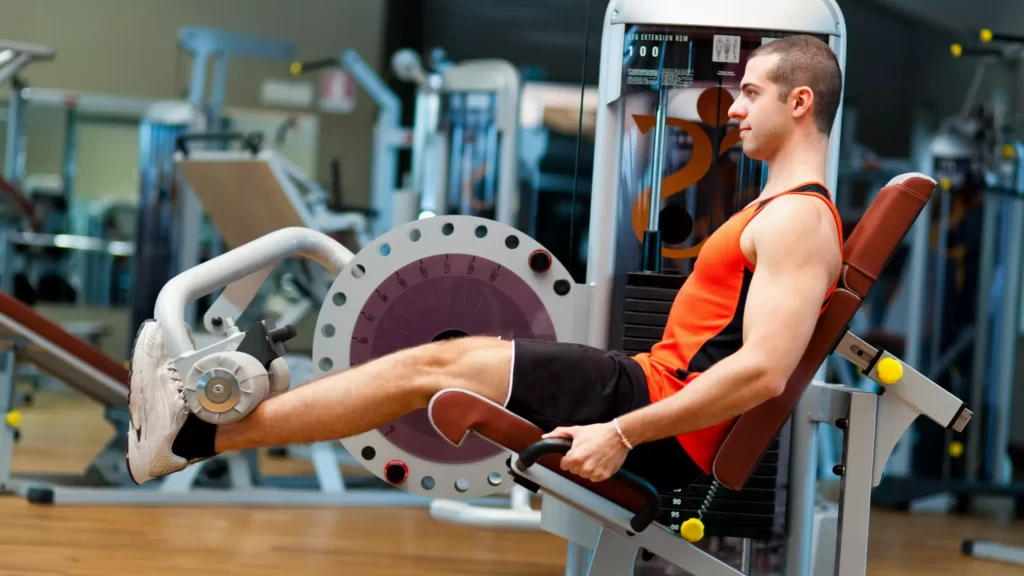Table of Contents
Introduction

Pickleball is a popular racket sport that has seen a surge in popularity in recent years. It combines elements of tennis, badminton, and ping-pong and is played on a smaller court with a lower net and a perforated ball. While pickleball can be a fun and exciting way to stay active and compete, it also carries the risk of injury, particularly to the knees. So It is important for pickleball players to be aware of the risks and take steps to protect their knees in order to continue enjoying the sport for years to come.
Symptoms of pickleball knee injuries
Symptoms of pickleball knee injuries include pain while playing or after playing, swelling, stiffness and difficulty bearing weight on the affected knee.
Other symptoms of pickleball knee injuries include clicking or popping sounds when moving the affected joint, a feeling of instability and weakness in the leg.
In addition to the above symptoms, Pickleball players may also experience swelling of the knee or surrounding tissues. This is a sign that there has been injury to one or more ligaments in the knee joint.
In some cases, there may also be bruising over the injured area. It is important to note that not all pickleball knee injuries are severe. In fact, many can be treated with rest and ice immediately after they occur.
If the pain does not subside after a few days, it is advisable to consult with your doctor. Your doctor will be able to perform appropriate testing and diagnose the source of pain in order to provide treatment.
Risk factors for pickleball knee injuries

Pickleball knee injuries are most commonly seen in older players. As you get older, your muscles become weaker and less flexible. This makes it more difficult to recover from a knee injury or even just maintain flexibility over time.
The second most common risk factor for pickleball knee injuries is footwear. Many people wear running shoes instead of court shoes when playing pickleball, which is not ideal because it can lead to instability on the court and cause injuries. Court shoes are designed specifically for playing pickleball and offer better ankle support than running shoes do, so if you’re going to play regularly consider investing in a pair of these!
Poor-quality courts are also risky: if there’s something wrong with how smooth the surface of your court is (for instance), then this could cause your knees to suffer over time due to uneven footing when moving across it quickly–especially if you’re still wearing those slippery running shoes! The best way around this problem is choosing an indoor facility that provides quality surfaces at all times (and probably isn’t terribly crowded).
Lastly the most common risk factor for pickleball knee injuries is playing too much. When you’re first starting out, it’s best to start slowly and build up your stamina over time so that you don’t get injured.
Knee exercises for pickleball

Knee exercises can be an important part of a pickleball player’s training routine. Strong and flexible knees can help prevent injuries on the court and improve overall performance. Some knee exercises that can be beneficial for pickleball players include leg presses, leg extensions, and leg curls. These exercises can help strengthen the muscles that support the knee joint, including the quadriceps and hamstrings. It is also important to include exercises that promote flexibility, such as lunges and leg stretches. Incorporating these exercises into your weekly routine can help improve your performance on the pickleball court and reduce the risk of knee injuries. As with any exercise program, it is important to consult with a healthcare professional before starting a new routine.
Most common pickleball Knee injuries overall
The most common knee injuries that occur while playing pickleball include patellar tendinitis, runner’s knee, and ACL injuries. Patellar tendinitis, also known as “jumper’s knee,” is an overuse injury that occurs when the tendon that connects the kneecap to the shinbone becomes inflamed. Runner’s knee, also known as patellofemoral pain syndrome, is a common injury in which the cartilage on the back of the kneecap becomes damaged. ACL injuries, or anterior cruciate ligament injuries, occur when the ligament that connects the thighbone to the shinbone is stretched or torn. These injuries are often caused by overuse, improper technique, or lack of conditioning. They can be debilitating, and if not treated properly, can prevent players from returning to the game. It is important to take precautions, such as proper warm-up and conditioning, to prevent these common knee injuries. If you experience any pain or discomfort in your knee while playing, it is important to seek medical attention and take time off to properly recover.
Conclusion
We hope you have a better understanding of how to prevent knee injuries in pickleball. We know that it can be frustrating when you’re dealing with an injury, but there are many steps you can take to get back on the court sooner rather than later.
Pickleball FAQ
Does pickleball put stress on the knees?
Pickleball is generally considered low-impact, which means it puts less stress on the joints, including the knees. However, proper technique and conditioning can help reduce the risk of injury to the knees.
Can I play pickleball with a torn meniscus?
It is not recommended to play pickleball with a torn meniscus as the movement and quick pivoting required in the game may cause further injury to the knee. It is best to consult with a medical professional before engaging in any physical activity after an injury.
Does pickleball put stress on the joints?
Pickleball is generally considered low-impact, which means it puts less stress on the joints compared to other high-impact sports such as running or basketball. However, proper technique and conditioning can help reduce the risk of injury to the joints.
What is the most common injury in pickleball?
The most common injury in pickleball is sprains and strains, particularly in the ankle, knee and shoulder. Other injuries can include tennis elbow, which is an overuse injury of the elbow.
How many times a week should you play pickleball?
The frequency of play depends on an individual’s physical fitness and goals. For recreational players, playing once or twice a week may be sufficient. Competitive players may choose to play more often to improve their skills. It’s always good to consult with a doctor or physical therapist to know how much you should play based on your body and physical condition.
